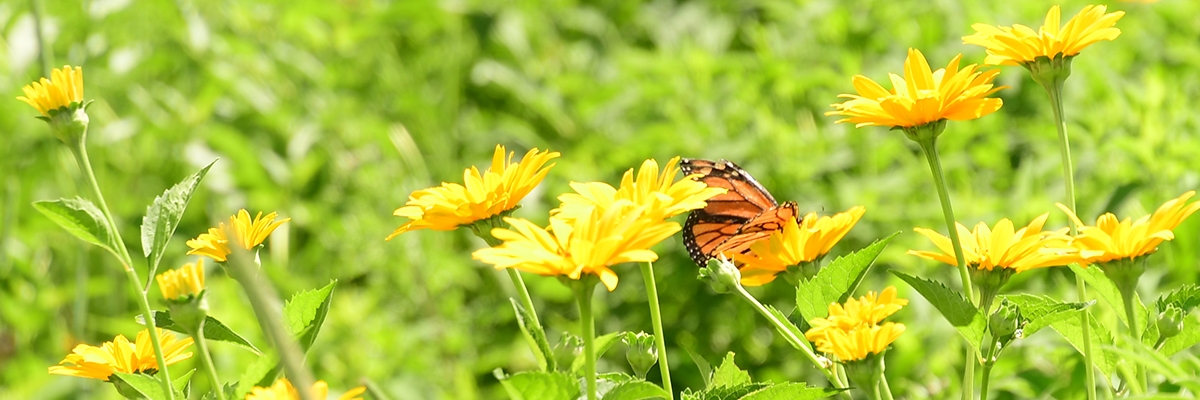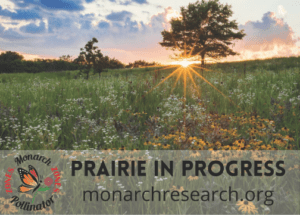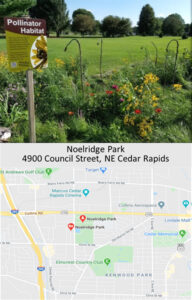Pollinator Zones

Become a Pollinator Zone™
The Pollinator Zones™ (PZ) program recognizes landowners and stewards who have converted inactive land to productive, pollinator-friendly habitat. Consisting entirely of local native plants, Pollinator Zones™ are truly “living landscapes”, providing essential services for our ecosystem. Pollinator Zones™:
- Provide food sources for bees, butterflies, and birds
- Help control soil erosion
- Oxygenate our air
- Promote clean water
Your new “green infrastructure” does require limited care during its first three years, but otherwise can be sustained with a minimum amount of attention each year.
Pollinator Zone™ Registration Form
Click on the button below to complete the Pollinator Zone™ registration form. If this is a new PZ, you will receive an email from Monarch Research listing seedbed preparation and documentation requirements. If you already have a PZ that meets the minimum qualifications, then register and send us a photo or two of what you are registering. Thank you in advance for joining the Planting Forward Movement!
Pollinator Zone™ Sign
Attractive signs are available for purchase at $25/sign. Our standard size is 10X14 inches and can be mounted on a fence, post, or other attachment. Simply use the Contact Us on our website to indicate you would like a sign and we can make arrangements for pickup (social distancing required). If you are interested in a larger size, our vendor can accommodate that, so again tell us what you would like in an email and we can get pricing and get the sign ordered.

Required habitat for a Pollinator Zone™
- Milkweed, preferably different varieties
- Flowering native perennial plants, to provide nectar to pollinators
- Native trees and shrubs
Planting Resources
Native Plants – Monarch Research will provide seed for Pollinator Zones™ once the seedbed is properly prepared. You can view the plant species included in our seed mix here: Pollinator Zone Seed Mix
Native Trees/Shrubs – Check out this local reference guide provided by our friends at Trees Forever: Guide to Local Native Trees and Shrubs
Size
There is no minimum size for a Pollinator Zone™ since lot sizes vary. However, we encourage you to aim for 100 square feet or more. The area should have good sun exposure, since pollinator habitat grows best in full to partial sun. You must commit to not using herbicides or pesticides once the pollinator habitat has been established.
Planting Instructions for Linn Pollinator Zone Seed Mix:
- Traditional Seedbed Preparation & Planting Instructions
- Organic Seedbed Preparation & Planting Instructions
Additional References
See a Monarch and Pollinator Zone in Action

Polliscaping™

Want to enhance your property with a beautifully landscaped area that will provide sustenance for insects and birds? Consider joining the Planting Forward movement by creating a Pollinator Zone using Polliscaping™ techniques. Polliscaping™ is landscape design through a pollinator’s eyes, providing a native environment in which pollinators not only survive but thrive.
Polliscaping Resources:
- Polliscaping with ISU Master Gardeners
- PZ201 Recorded Webinar – Advanced Habitat Restoration and Polliscaping Techniques
- Local Resource for Potted Native Plants: Cedar River Garden Center
- Monarch Research Team: Contact Us
